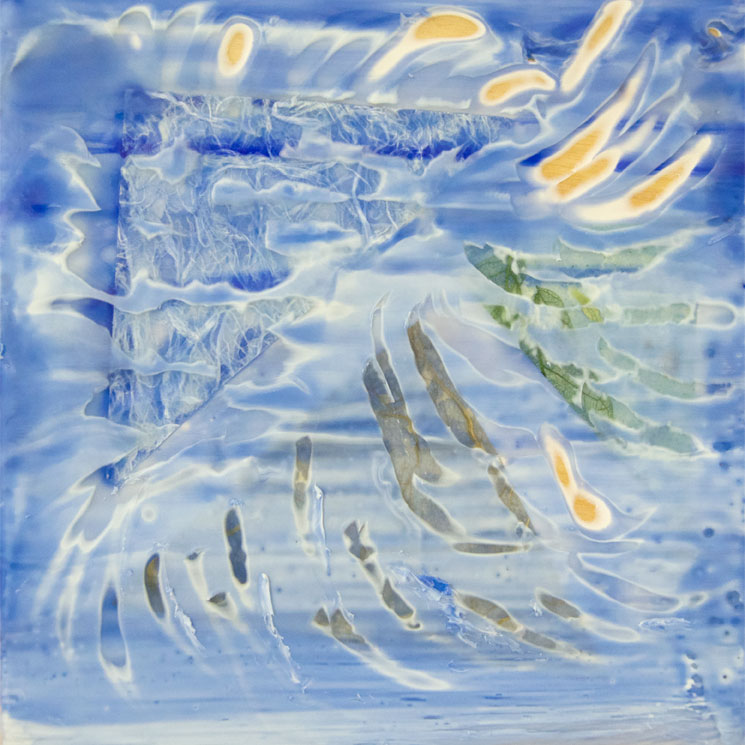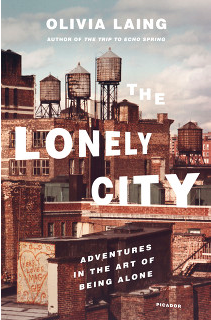Here are four encaustic samplers made by four different artists in a recent Basic Encaustic workshop at my studio. We make samplers in Basic Encaustic so artists new to the medium can explore it freely without the pressure to produce art right off the bat. It’s exciting to see the results people get. The sampler format with its constraints reveals something interesting about each artist’s sensibility.

The receding “S” or shoulder shape that emerged in this texture sampler is rich with symbolic meaning for the artist who created it. Any visual symbol that feels potent to you is worth exploring and could be the start of a series.

Each of the three or so samplers this artist produced was characterized by loose, sensual brushwork and a natural, almost relaxed approach to composition. Already, I think, she is ready for a larger panel size to accommodate the span of her gesture.

The incised marks in this texture sampler have a wonderful, expressive quality that remind me of printmaking panels.

With her thoughtful approach to composition, this artist rapidly build a sense of depth on her panel by applying translucent and opaque layers of paint.










